

Matt Campbell
2025 Porsche 911 Carrera T review
5 Days Ago
The door has been closed on Mercedes-Benz's four-door coupe, the CLS. It has been axed locally ahead of the end of production.

News Editor
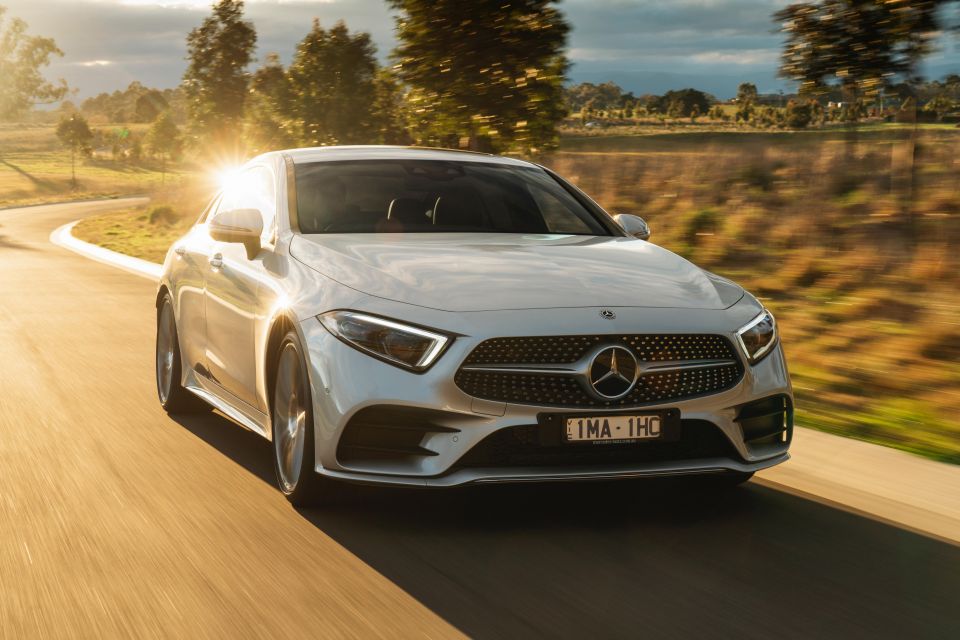

News Editor
Mercedes-Benz arguably invented the modern four-door coupe segment but as sedans – including its own – have gotten ever sleeker, its CLS has been squeezed out.
The shapely CLS is now being discontinued locally after three generations as Mercedes-Benz welcomes the electric EQE it’s selling alongside the more traditional E-Class.
“Orders have ceased and production for the current CLS will end August this year in preparation for the new E-Class,” said a spokesperson for Mercedes-Benz Australia.
The vehicle no longer appears on Mercedes-Benz Australia’s website, including its stock locator tool.
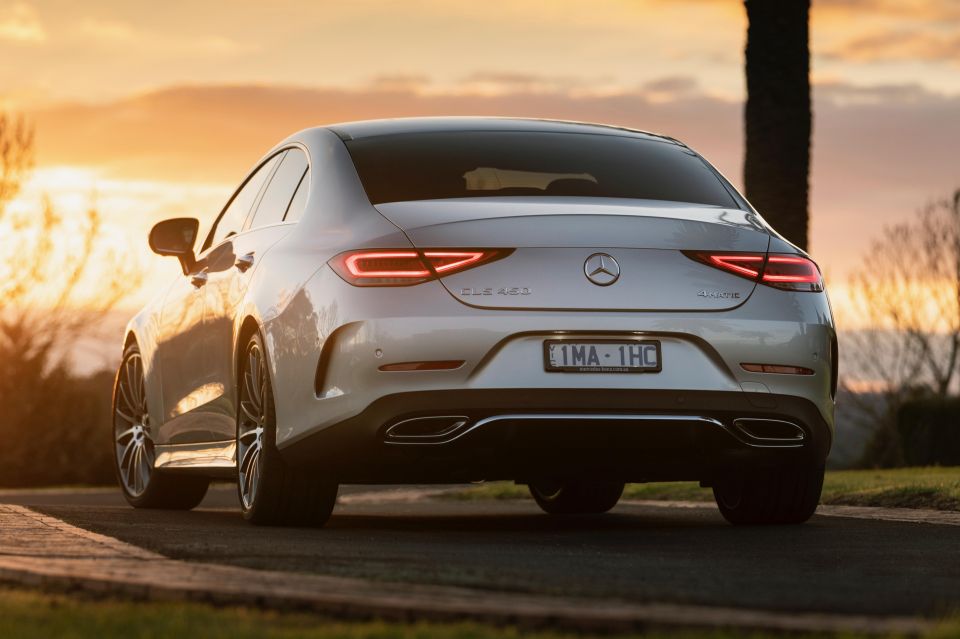
It appears unlikely the CLS will be replaced, considering the E-Class has a new counterpart in the EQE, no next-generation CLS has been spied testing, and Mercedes-Benz has been discontinuing lower-volume models like the SLC and two-door S-Class variants.
The CLS’ best year in Australia was its debut season, 2005, where Mercedes-Benz sold 540 examples, followed by 509 in 2006 and 501 in 2007.
It has ebbed and flowed since, as fashion statement vehicles tend to do, though Mercedes-Benz came close to reaching those tallies in 2013 (456) and 2015 (451) with the second-generation model.
The third-generation model has been much less successful in Australia, with just 220 units sold in 2019, its best year. This slumped to just 30 units in 2021, increasing slightly to 55 sales in 2022.

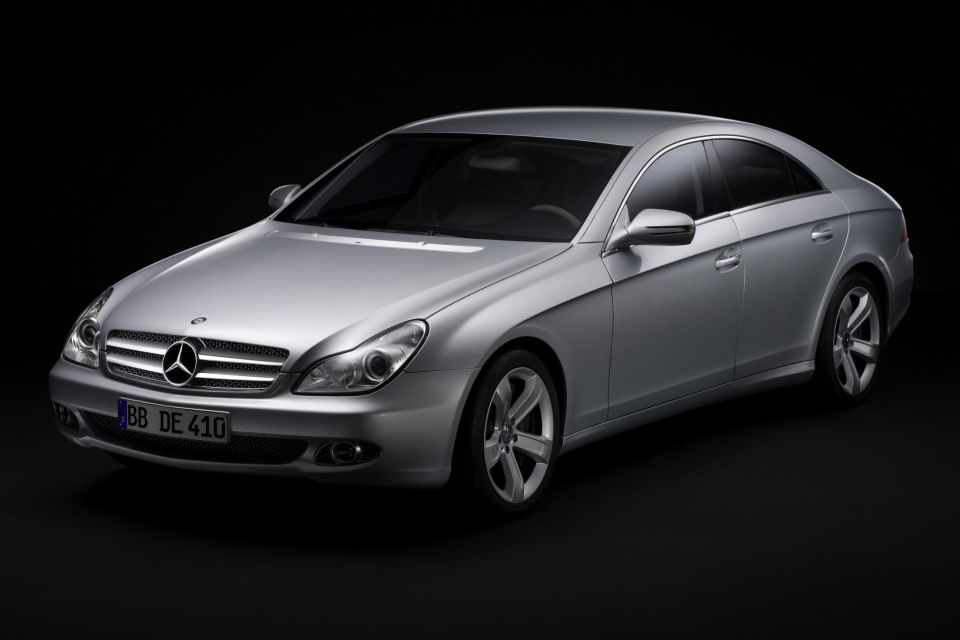
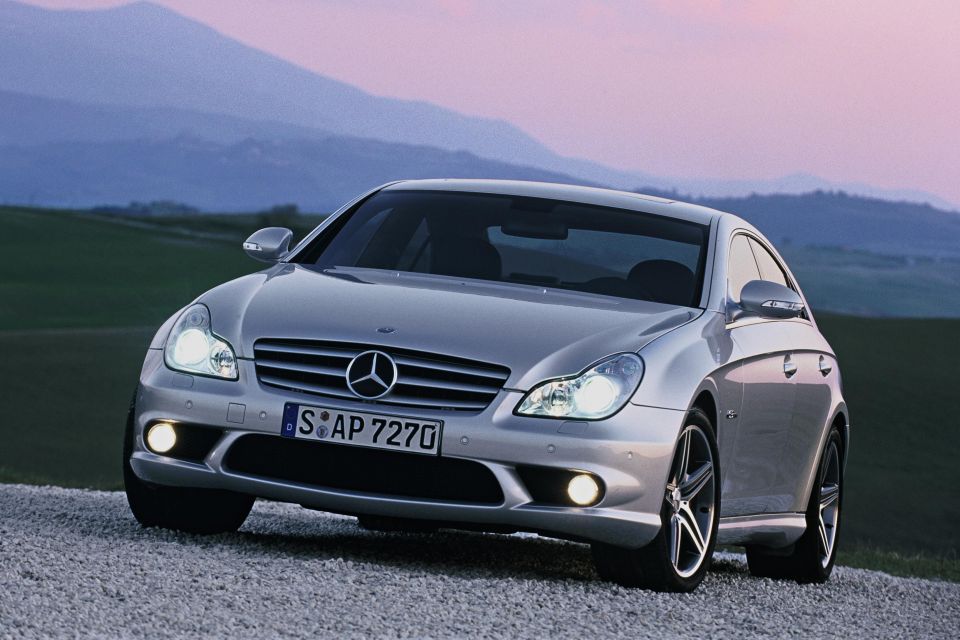
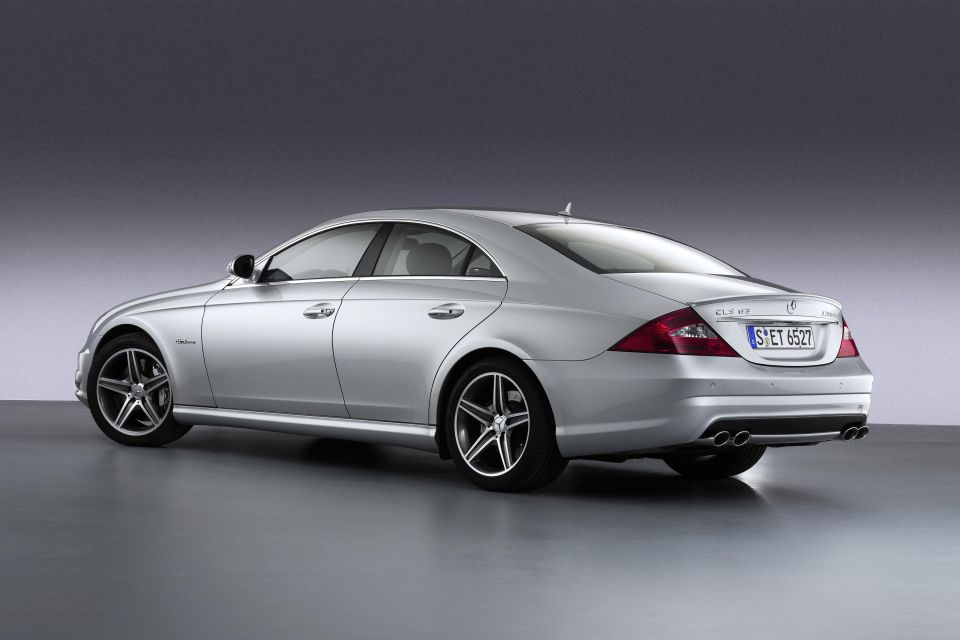
For context, Mercedes-Benz has – until 2020, at least – sold at least 1000 units of the E-Class sedan and now-defunct (in Australia) wagon.
In Europe and the US, each generation of the CLS has also proved to be less popular than the last.
Per Carsalesbase, its best year across both these major markets was 2005 for the first-generation model (34,982 in total), 2013 for the second-generation model (23,171), and 2018 for the current model (10,056) – though that lattermost tally may have included some second-gen models.
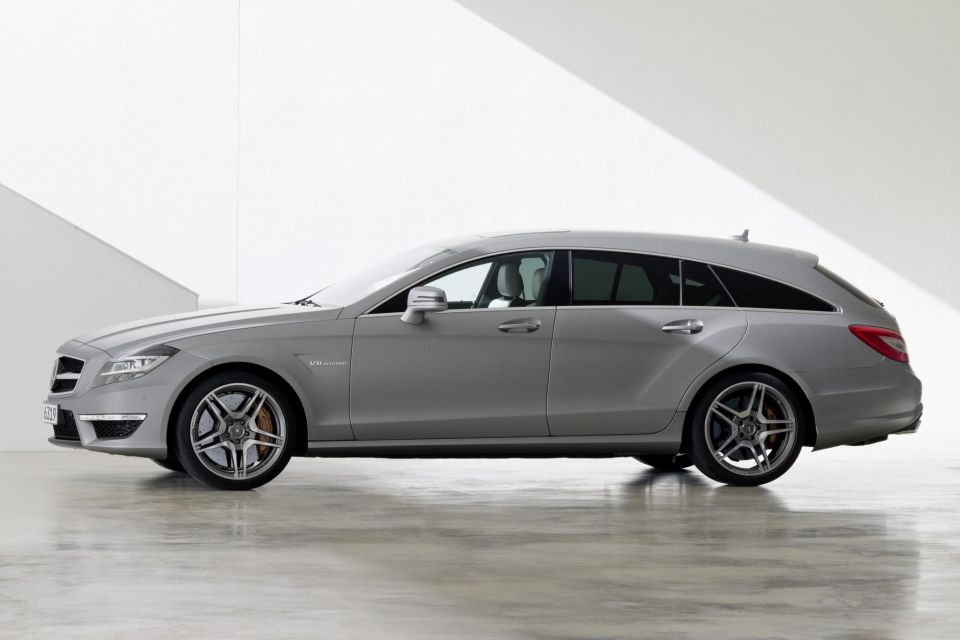
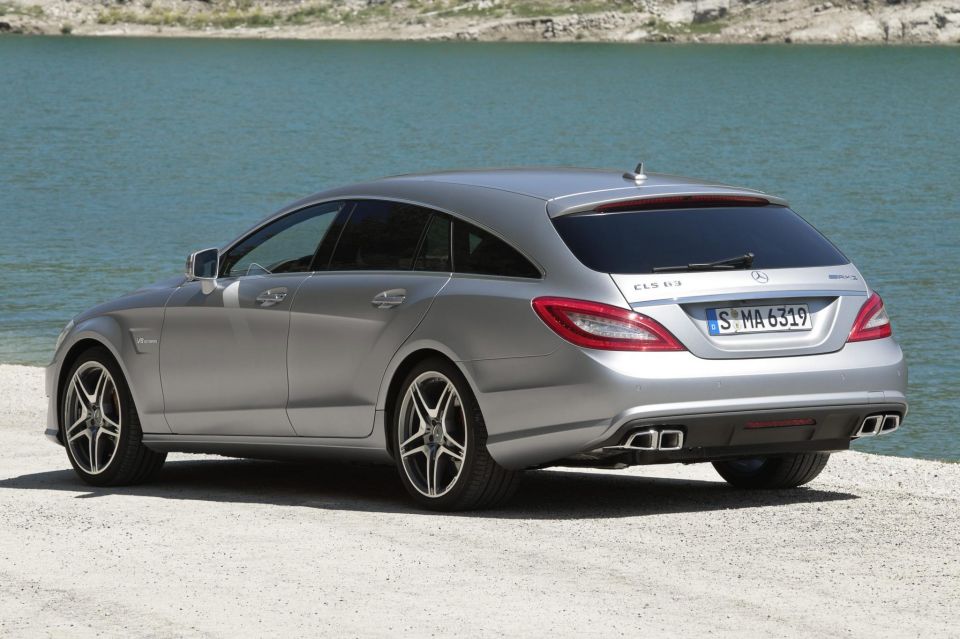
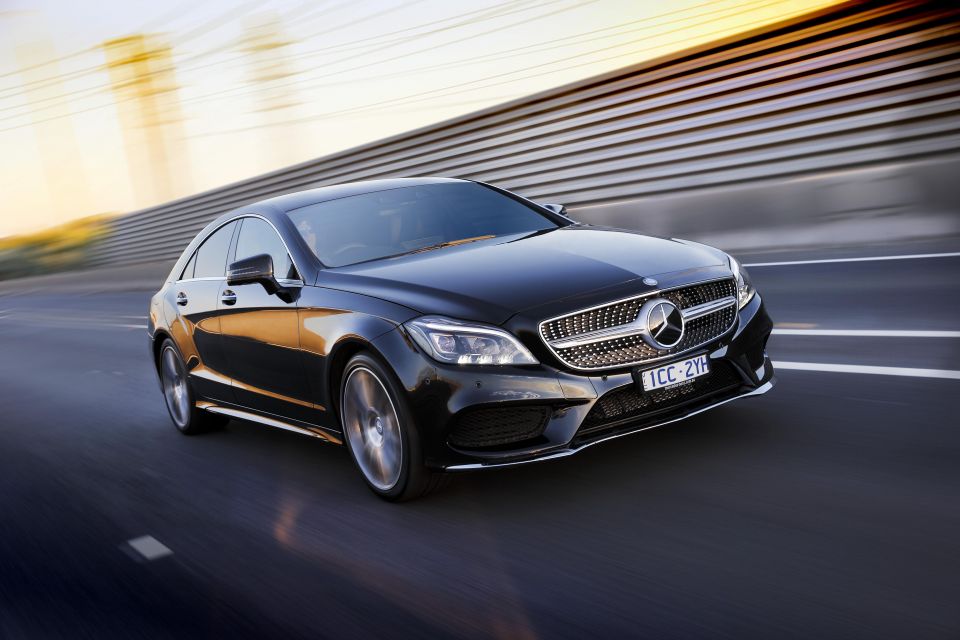
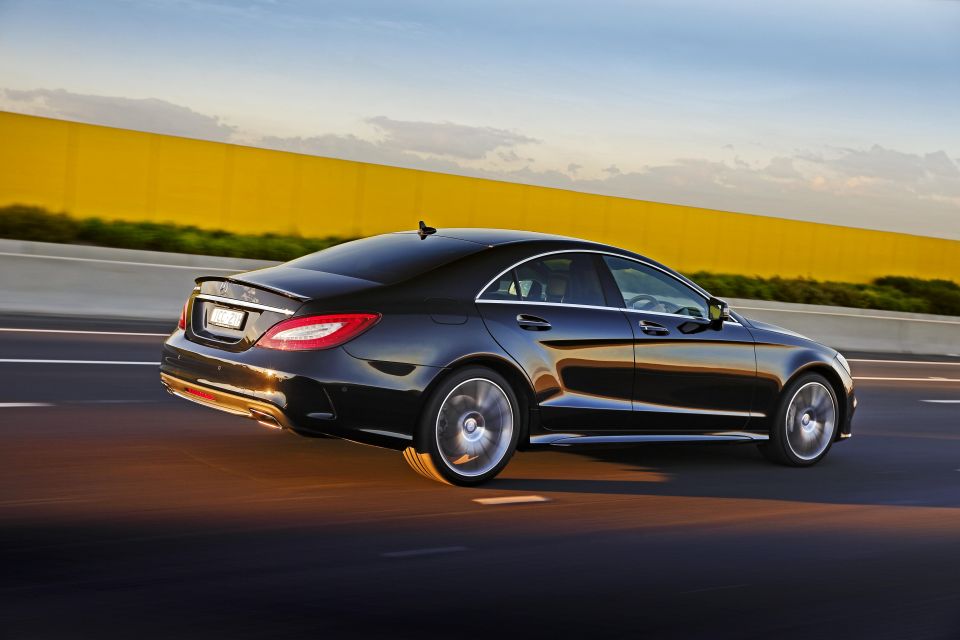
The CLS Shooting Brake, a more rakish alternative to the related E-Class wagon, was only offered in the second-generation model and plans to offer a wagon version of the third-gen model were scuttled.
However, Mercedes-Benz continues to offer a Shooting Brake version of its smaller CLA in other markets, though it’s not sold here anymore.
The CLS wasn’t the first vehicle to be marketed as a four-door coupe. The Rover P5 Coupe was introduced all the way back in 1962, while there were a handful of “hardtop” sedans similarly slinky to the CLS like the Mazda 323 Astina Hardtop.
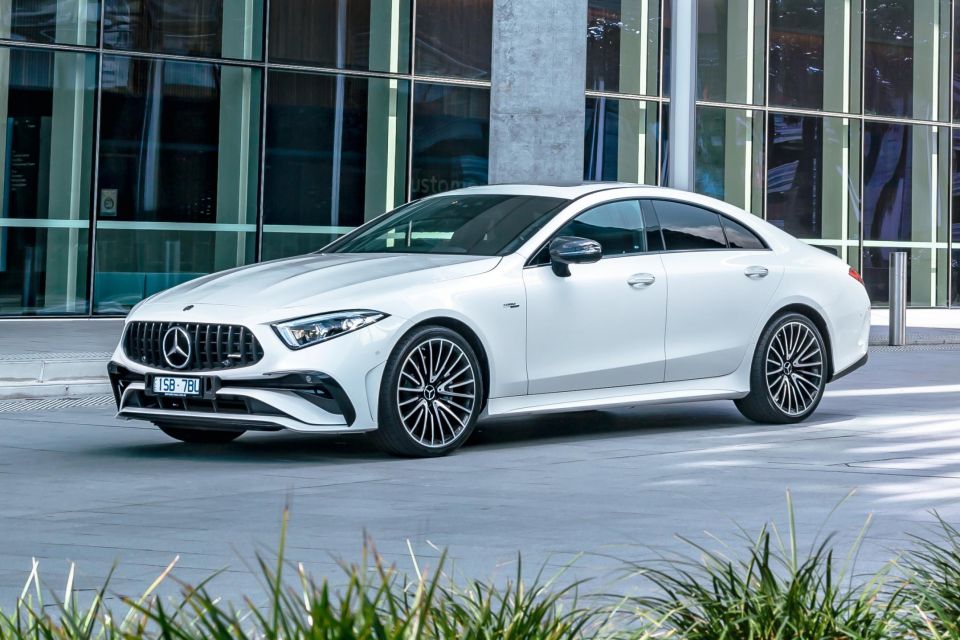
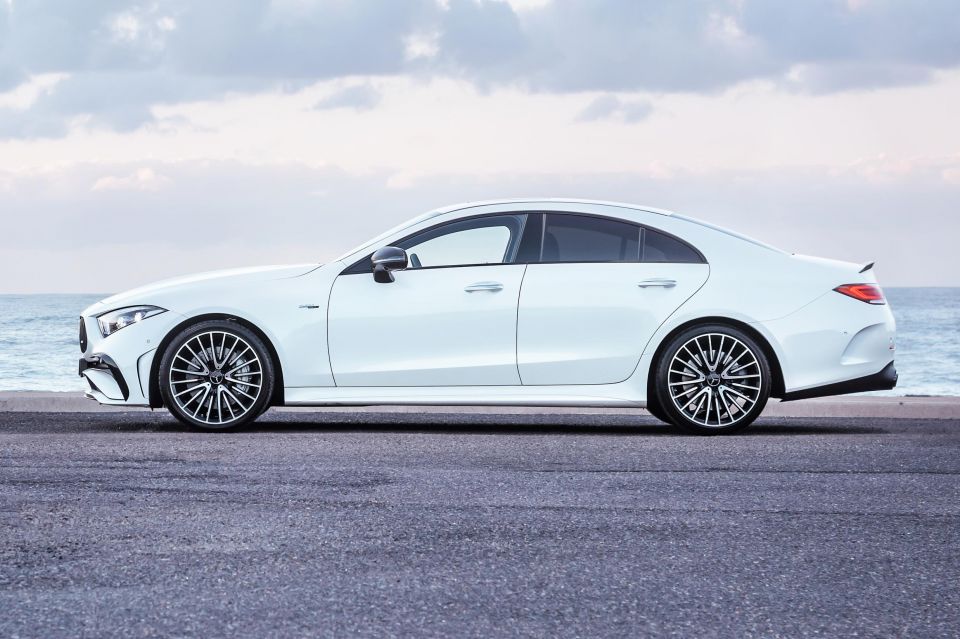
The four-door coupe appellation did stir up controversy with purists who believed a coupe needed to have two doors, but it spawned both a smaller sibling, the CLA, as well as a few imitators.
These included the BMW 6 Series Gran Coupe and Volkswagen Passat CC. However, these models were shortly followed by similarly svelte but more practical five-door lift backs like the Audi A5 Sportback and A7 and BMW 4 Series Gran Coupe.
Those ranks also grew to include Mercedes-AMG’s own GT 4-Door Coupe, which is actually a five-door liftback itself.
Sedans have also continued to get more rakish in design, leaving an increasingly small niche for four-door coupes. And given this is all just marketing semantics anyway, what’s to say the Audi e-tron GT isn’t a four-door coupe?

| Year | Australian sales |
|---|---|
| 2005 | 540 |
| 2006 | 509 |
| 2007 | 501 |
| 2008 | 308 |
| 2009 | 197 |
| 2010 | 68 |
| 2011 – Second-gen launched | 249 |
| 2012 | 302 |
| 2013 | 456 |
| 2014 | 377 |
| 2015 | 451 |
| 2016 | 319 |
| 2017 | 182 |
| 2018 – Third-gen launched | 79 |
| 2019 | 220 |
| 2020 | 149 |
| 2021 | 30 |
| 2022 | 55 |
| 2023 (January to April) | 6 |
William Stopford is an automotive journalist based in Brisbane, Australia. William is a Business/Journalism graduate from the Queensland University of Technology who loves to travel, briefly lived in the US, and has a particular interest in the American car industry.


Matt Campbell
5 Days Ago


James Wong
4 Days Ago


Max Davies
3 Days Ago


Josh Nevett
2 Days Ago


Josh Nevett
1 Day Ago
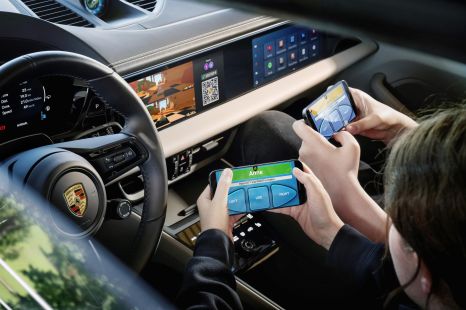

James Wong
16 Hours Ago